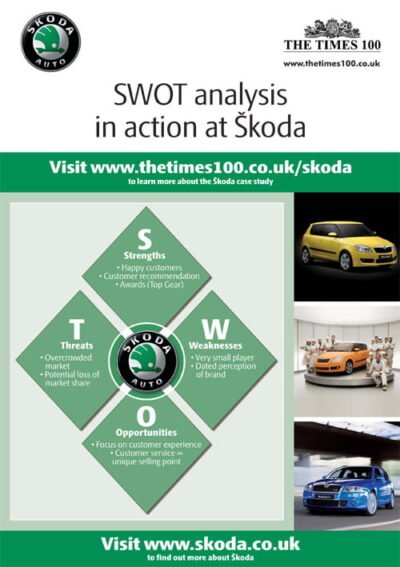Costing is an important aspect of production because:
By knowing how much it costs to produce an item or to carry out an activity it is possible to price the item or activity.
It becomes possible to see how much of the total cost of an organisation, production line, or process can be attributed to particular items or activities.
It makes make possible to identify costs that are too high and can be cut out.
It is possible to make comparisons between the costs of different activities.
The two main costs that are incurred in production are:

Direct costs
These are costs, which can be associated with each unit of output produced. For example, in producing a car a company like Nissan will incur the direct material costs that go into each car (metal, plastic, etc), as well as the direct labour costs (i.e. number of labour hours x average wage).
Indirect costs
These are the overheads incurred in making the cars e.g. factory lighting, rent and management salaries. These indirect costs need to be apportioned in a suitable way to the products made e.g. an accountant will work out how much of the indirect costs should be apportioned to each individual car produced.
Once the direct and indirect costs have been assessed it is possible to make important decisions:
Examples include:
- what price to charge the customer for each car produced?
- Which products to expand production of and which to decrease.
- How to save costs of production.
Costing is an essential production activity because it tells us what we can produce profitably and what will make a loss for the business. Costing also identifies key areas for cutting out wasteful production.
 Skoda A3 ePoster Edition 13 "SWOT analysis in action at Skoda"
Skoda A3 ePoster Edition 13 "SWOT analysis in action at Skoda"  Tesco A3 ePoster Edition 13 "Recruitment and selection at Tesco"
Tesco A3 ePoster Edition 13 "Recruitment and selection at Tesco" 